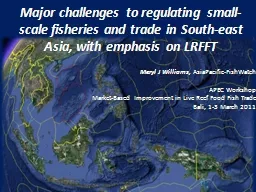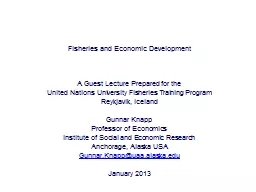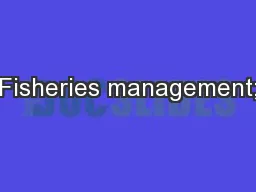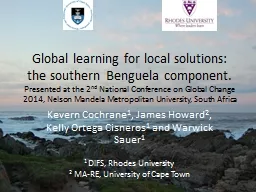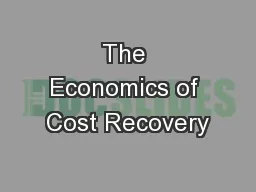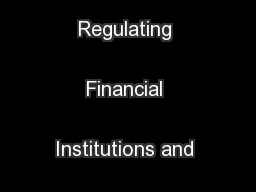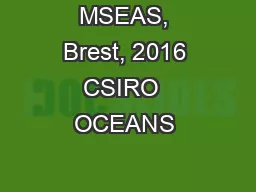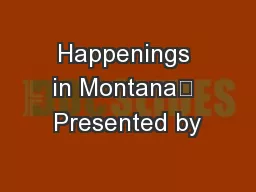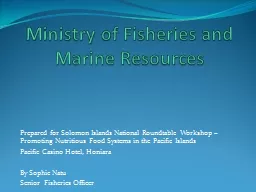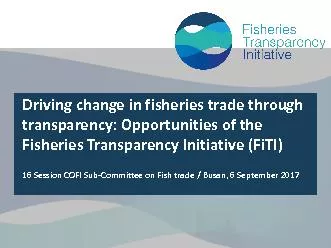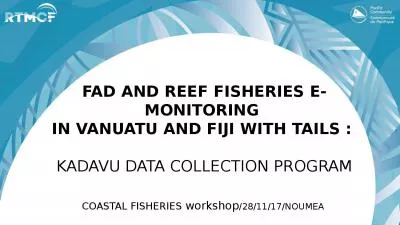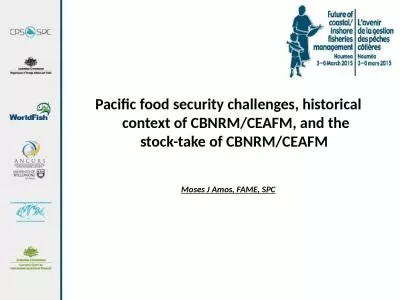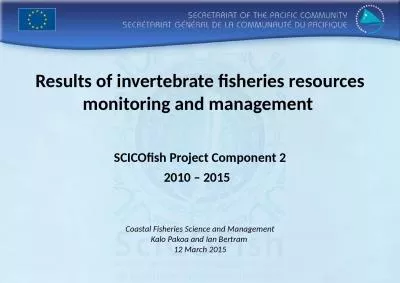PPT-Major challenges to regulating small-scale fisheries and tr
Author : phoebe-click | Published Date : 2017-10-23
Meryl J Williams AsiaPacificFishWatch APEC Workshop MarketBased Improvement in Live Reef Food Fish Trade Bali 13 March 2011 Exploding 2 Myths Regulations Just
Presentation Embed Code
Download Presentation
Download Presentation The PPT/PDF document "Major challenges to regulating small-sca..." is the property of its rightful owner. Permission is granted to download and print the materials on this website for personal, non-commercial use only, and to display it on your personal computer provided you do not modify the materials and that you retain all copyright notices contained in the materials. By downloading content from our website, you accept the terms of this agreement.
Major challenges to regulating small-scale fisheries and tr: Transcript
Download Rules Of Document
"Major challenges to regulating small-scale fisheries and tr"The content belongs to its owner. You may download and print it for personal use, without modification, and keep all copyright notices. By downloading, you agree to these terms.
Related Documents

